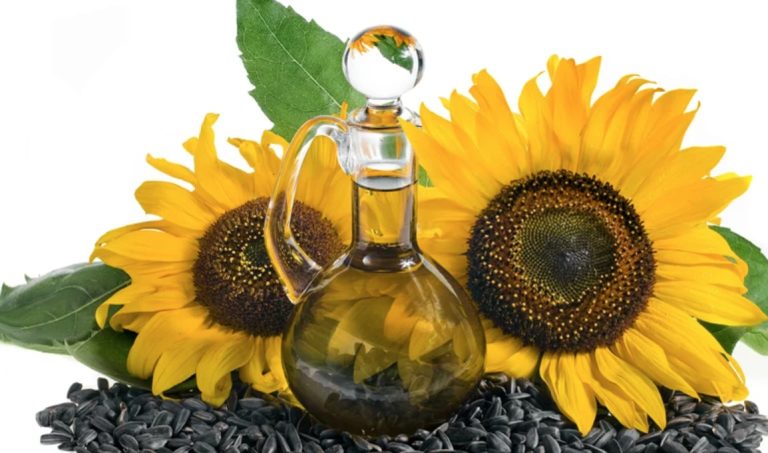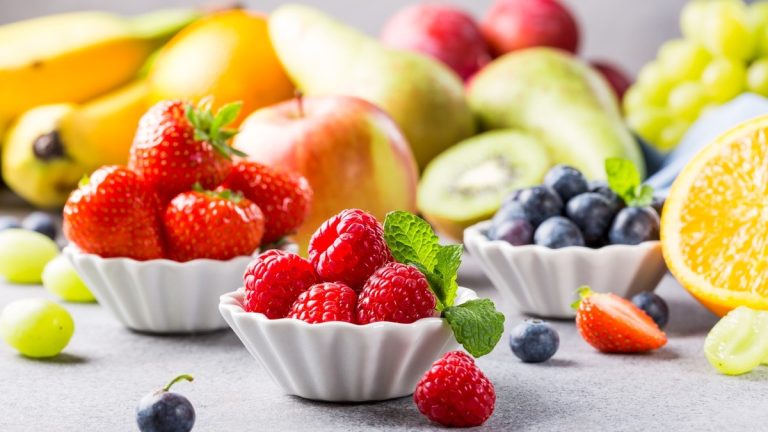Making crushed ice yourself is easy and there is no plastic packaging. We’ll show you how to make the cool refreshment. This makes hot summer days more bearable.
You can buy crushed ice, but making it yourself isn’t difficult. Especially on hot summer days, it is a refreshing addition to drinks such as slush ice and summer (non-alcoholic) cocktails, or you can use it to cool other alcoholic drinks such as sparkling wine. All you need are ice cubes. With our tips you can easily make crushed ice yourself.
Make crushed ice yourself with a tea towel

Probably the most sustainable and easiest way to make your own crushed ice is with a clean tea towel and a solid object. So there is no plastic packaging and you don’t have to buy any additional new devices.
To do this, place ready-made ice cubes in the middle of a clean tea towel. Hold the open sides tightly together. Now you need a solid object. For example, a hammer, a rolling pin or something similar are suitable. Now break the ice cubes out of the kitchen towel with your solid object. Your homemade and sustainable crushed ice is ready.
Tip: Be careful not to break the ice cubes too small. This way you get more of your crushed ice because it melts more slowly.
Make your own crushed ice with a stand mixer
Another way to make your own crushed ice is with a stand mixer. However, this method only makes sense if you already own a stand mixer. In general, you should not buy any new equipment for the production of crushed ice to avoid wasting unnecessary resources. You can prevent this by using the dishcloth crushed ice method above.
If you already own a stand mixer, the crushed ice method with a stand mixer is the faster and less complicated method for you.
Simply put the ice cubes in a blender and crush them in batches. This makes it easier to crush the ice cubes than if you use the normal smoothie function. In addition, the blade of the blender does not wear out as quickly. Also make sure that your blender has enough power to crush the ice cubes.
Tip for sustainable ice cubes for your crushed ice

The basis for making crushed ice yourself are ice cubes. But you don’t necessarily need the classic plastic ice cube tray. A sustainable alternative is to simply make the ice cubes yourself in glasses. Make sure that you fill the water mainly in cone-shaped glasses and do not screw a lid on top. Let the ice cubes thaw briefly at room temperature before processing them into crushed ice – this is how you get them out of the glasses. Also, to avoid expanding the glass, you should only fill the glass up to three quarters full with water.










